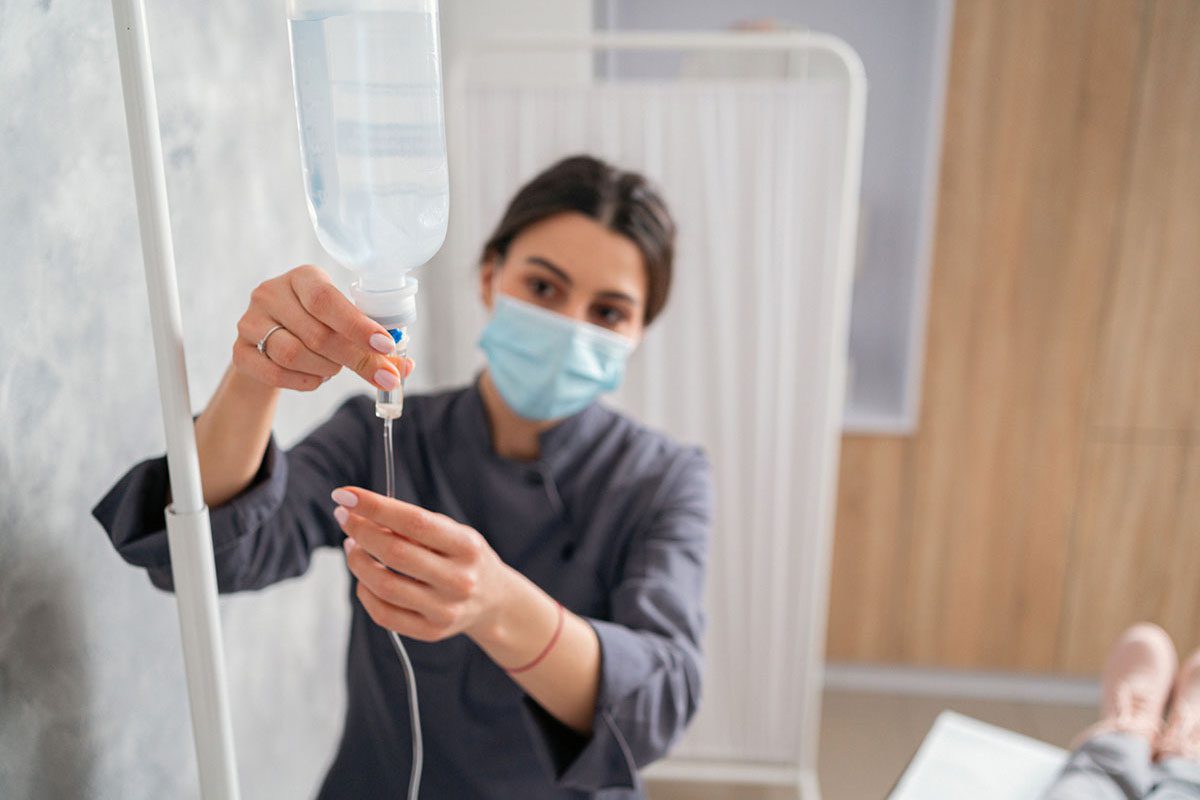Because this piece does not have an abstract, we have provided for your benefit the first 3 sentences of the full text.
To the Editor: The popular herbal preparation St John’s wort is widely used to treat mild to moderate depression. The chemical composition of St John’s wort has been well studied. Hypericin, an active ingredient in St John’s wort, has many psychoactive and photodynamic properties, and photosensitivity is one of its possible side effects.
Photodynamic Sensory Neuropathy in a Patient Treated With St John’s Wort
To the Editor: The popular herbal preparation St John’s wort is widely used to treat mild to moderate depression. The chemical composition of St John’s wort has been well studied.1 Hypericin, an active ingredient in St John’s wort, has many psychoactive and photodynamic properties, and photosensitivity is one of its possible side effects.2 This report highlights a case of allodynia induced by St John’s wort following sun exposure.
Case report: Ms A, a 40-year-old woman, presented to a private family practice office with depressive symptoms. She was diagnosed with mild to moderate depression after scoring 5 on the 9-item Patient Health Questionnaire.3 Ms A had read about some over-the-counter supplements and decided to try the herbal medication St John’s wort 500 mg twice daily before starting any other treatment options.
During the follow-up visit 4 weeks after initiating therapy with St John’s wort, Ms A noted improvement of her depressive symptoms but complained of a tingling sensation in her hands whenever she washed them with cold water. This sensation began during the fourth week of therapy after she started working long hours in the sun. The physical examination revealed no skin erythema or burning. The use of a cold tuning fork on the hands produced a tingling sensation and discomfort; light touch did not provoke pain. The symptoms were restricted to the hands. There were no motor or other sensory disturbances, and she had normal peripheral reflexes.
Following a review of the literature, Ms A was diagnosed with subacute toxic neuropathy on the basis of a report by Bove,4 who described a patient who experienced similar symptoms following ingestion of St John’s wort. St John’s wort was discontinued, and Ms A’s symptoms started improving after 1 week, with complete resolution of symptoms within 3 weeks of stopping the herb.
In a case report, Bove4 suggested that possible demyelination of cutaneous axons caused a patient’s symptoms, but the lack of any other motor or sensory involvement might suggest a different etiology. One possible suggestion would be the activation of the transient receptor potential cation channel, subfamily A, member 1 (TRPA1), a nociceptive ion channel expressed in the unmyelinated c fibers in the sensory neurons in the skin. TRPA1 is considered a key player in acute and chronic (neuropathic) pain, and it is activated by noxious cold and chemical compounds.5 Hypericin activation occurs when the substance is exposed to ultraviolet A. This exposure leads to the release of reactive oxygen radicals,6 which have the potential to activate TRPA1, leading to painful or burning sensations in the light-exposed areas, mimicking symptoms occurring during photodynamic therapy.5
Photosensitivity can occur with the use of St John’s wort, but clinicians also should be aware of possible photodynamic activation of sensory neurons with sunlight exposure.
References
1. Barnes J, Anderson LA, Phillipson JD. St John’s wort (Hypericum perforatum L.): a review of its chemistry, pharmacology and clinical properties. J Pharm Pharmacol. 2001;53(5):583-600. PubMed doi:10.1211/0022357011775910
2. Lantz MS, Buchalter E, Giambanco V. St. John’s wort and antidepressant drug interactions in the elderly. J Geriatr Psychiatry Neurol. 1999;12(1):7-10. PubMed doi:10.1177/089198879901200103
3. Spitzer RL, Kroenke K, Williams JBW. Validation and utility of a self-report version of PRIME-MD: the PHQ primary care study. Primary Care Evaluation of Mental Disorders. Patient Health Questionnaire. JAMA. 1999;282(18):1737-1744. PubMed doi:10.1001/jama.282.18.1737 >
4. Bove GM. Acute neuropathy after exposure to sun in a patient treated with St John’s wort. Lancet. 1998;352(9134):1121-1122. PubMed doi:10.1016/S0140-6736(05)79763-4
5. Nilius B, Appendino G, Owsianik G. The transient receptor potential channel TRPA1: from gene to pathophysiology. Pflugers Arch. 2012;464(5):425-458. PubMed doi:10.1007/s00424-012-1158-z
6. Van Kets V, Karsten A, Davids LM. Laser light activation of a second-generation photosensitizer and its use as a potential photomodulatory agent in skin rejuvenation. Lasers Med Sci. 2013;28(2):589-595. PubMed doi:10.1007/s10103-012-1115-2
Author affiliation: Department of Family and Community Medicine, University of Jordan, Amman.
Potential conflicts of interest: None reported.
Funding/support: None reported.
Published online: August 20, 2015.
Prim Care Companion CNS Disord 2015;17(4):doi:10.4088/PCC.15l01790
© Copyright 2015 Physicians Postgraduate Press, Inc.
Please sign in or purchase this PDF for $40.00.



